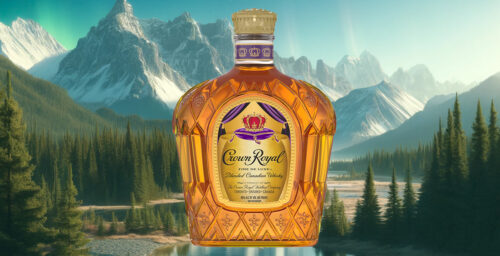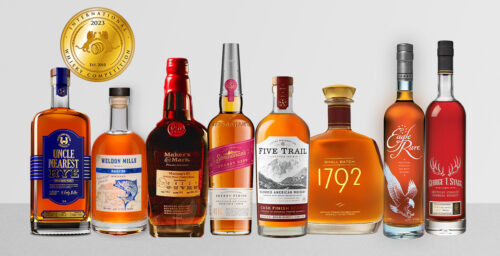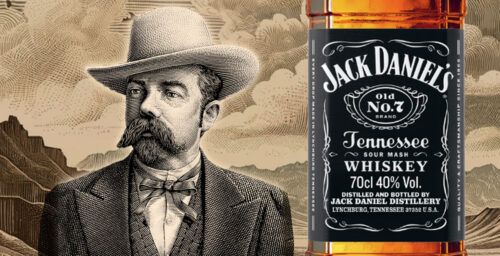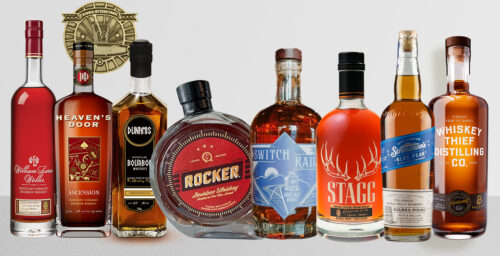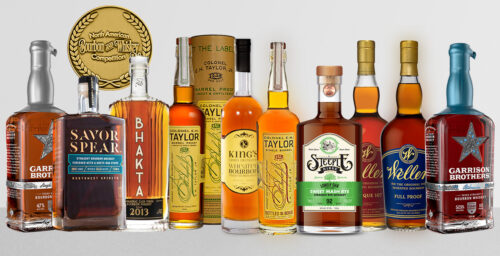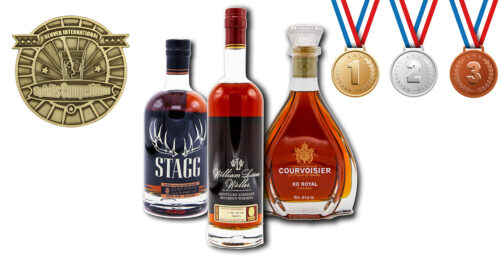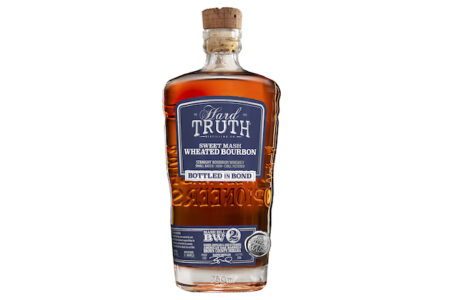Editor’s Note: This is Part 2 of a 9-part series about Baudoinia compniacensis. the whiskey fungus. Part 1 is here. It comes to us via a reprint from the original article at Chuck’s site.
When whiskey maturation warehouses began to fill up with the current bourbon boom, Baudoinia compniacensis, the whiskey fungus, made a comeback too. To property owners near distilleries, it was something new, leading to much power-washing and loud complaining.
Then a lawyer told them they were being harmed and could make money from it.
In 2012, Diageo was cited by the Metro Louisville Air Pollution Control District (LAPCD) and threatened with fines of $10,000-a-day for its part in the fungus problem. Based on that finding, attorney William F. McMurray filed suit against Diageo, Brown-Forman, and Heaven Hill on behalf of several aggrieved neighbors. McMurray often tries his cases in the press before they go to court, thereby bombarding defendants with bad publicity on top of the threat of large damage awards.
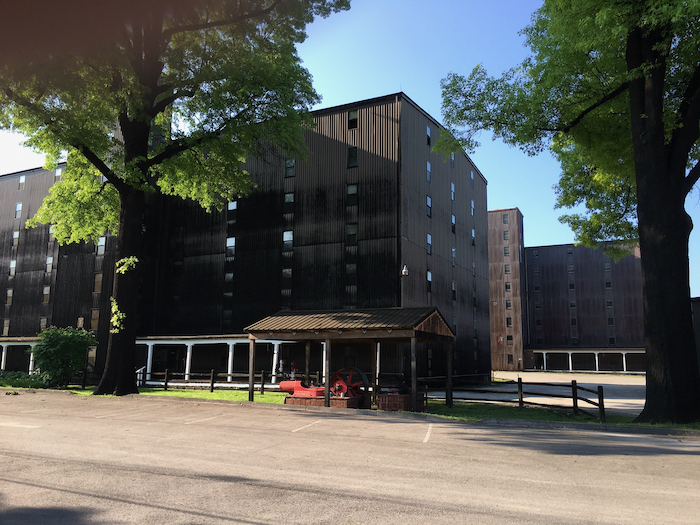
Rather than fight the citation, Diageo agreed to remove 185,000 barrels of whiskey from the Stitzel-Weller warehouses. They said at the time they would be moved either to George Dickel in Tennessee or to an unnamed ‘other location’ about a half mile away. Diageo was not known to own any other property in Jefferson County but may have acquired warehouse space at the old Yellowstone Distillery, which is about that distance from Stitzel-Weller, on Seventh Street Road, in the heart of the post-Prohibition era’s ‘Whiskey Row.’
It now appears that what was taken to Dickel wasn’t placed in storage at the distillery in Tennessee but instead was dumped and bottled as Orphan Barrel products Old Blowhard, Barterhouse, Rhetoric, and Lost Prophet. Additional bottlings followed.
By creating Orphan Barrel, Diageo solved a problem and put some liquid into the marketplace that many consider excellent. It would have been nice if Diageo had made this part of the brand story. Instead, it took a review of old copies of Insurance Claims Journal to discover the truth. Diageo confirmed none of this, but its promise to the LAPCD was public information, widely published, and included the figure of 185,000 barrels.
That raised another question. Stitzel-Weller stopped distilling in 1992, shortly after the company now known as Diageo acquired it. The warehouses eventually emptied out, but it didn’t take long for them to start filling up again when Maker’s Mark leased several. In addition to the 20+ year-old whiskey now being sold as Orphan Barrel, those warehouses also age whiskey intended for Bulleit, I. W. Harper, and other Diageo products. Again, all of this is widely assumed, but unconfirmed.
Even if all the very old barrels were bottled for Orphan Barrel releases, what about those current production needs, the whiskey of various ages intended for Bulleit and other products? The deal with LAPCD didn’t say they had to leave the warehouses empty.
Since then, Diageo has built two new distilleries in Kentucky, in Shelby County and Marion County, on large tracts in rural areas, which is the only real solution to Baudoinia. A large site, covering hundreds of acres, with rackhouses clustered in the center, provides enough buffer to keep the fungus away from litigious neighbors.
Hyperbolic articles about the “mysterious whiskey fungus” appear regularly and what is sometimes called “whiskey’s shadow” is casting a pall over the otherwise brilliant revival of American whiskey. Whiskey tourists find it an amusing curiosity. Producers decline to talk about it. Distillery neighbors call it a nuisance and worse.
The same black mold can be found clinging to outer walls of whiskey warehouses in Kentucky, Tennessee, Canada, Scotland, Ireland, Japan, etc. It was first observed in France, in Cognac, 150 years ago.
Cognac wears it proudly as an ensign of prosperity. In other places it is less esteemed.
NEXT TIME: How it all began, about 400 years ago.

